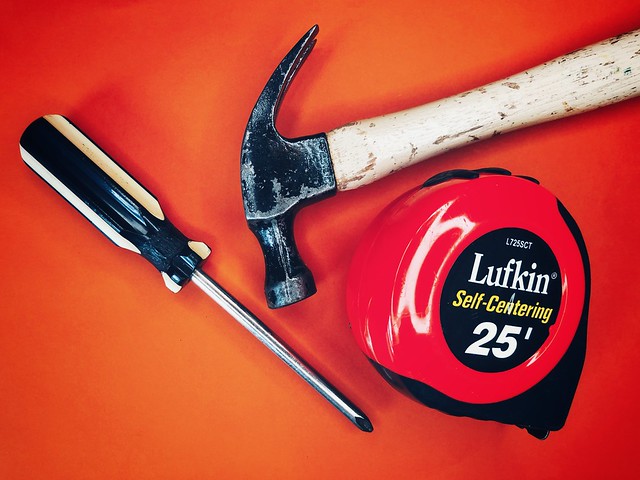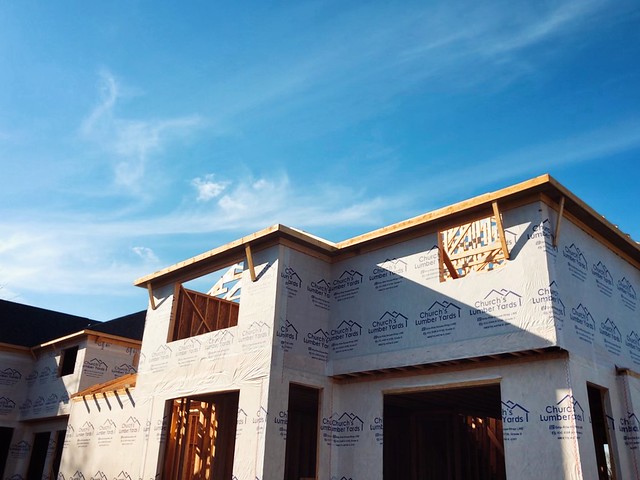The National Association of Realtors’ Pending Home Sales Index is considered a good indicator of future home sales because it measures contract signings rather than closings. Generally speaking, contracts to buy are signed weeks before a sale is closed, which means a drop in the number of signed contracts will most likely show up as a decline in home sales the following month. In April, the NAR’s index fell 3.9 percent, indicating that home sales will soon slow. The reasons for this are obvious: Spiking mortgage rates, on top of already high home prices, have buyers concerned about affordability. But, according to Lawrence Yun, NAR’s chief economist, quickly changing conditions could soon stabilize, offering home buyers more certainty in the months ahead. “If mortgage rates stabilize roughly at the current level … and job gains continue, home sales could also stabilize in the coming months,” Yun said. “Home prices in the meantime appear in no danger of any meaningful decline. There is an ongoing housing shortage, and properly listed homes are still selling swiftly – generally seeing a contract signed within a month.”












